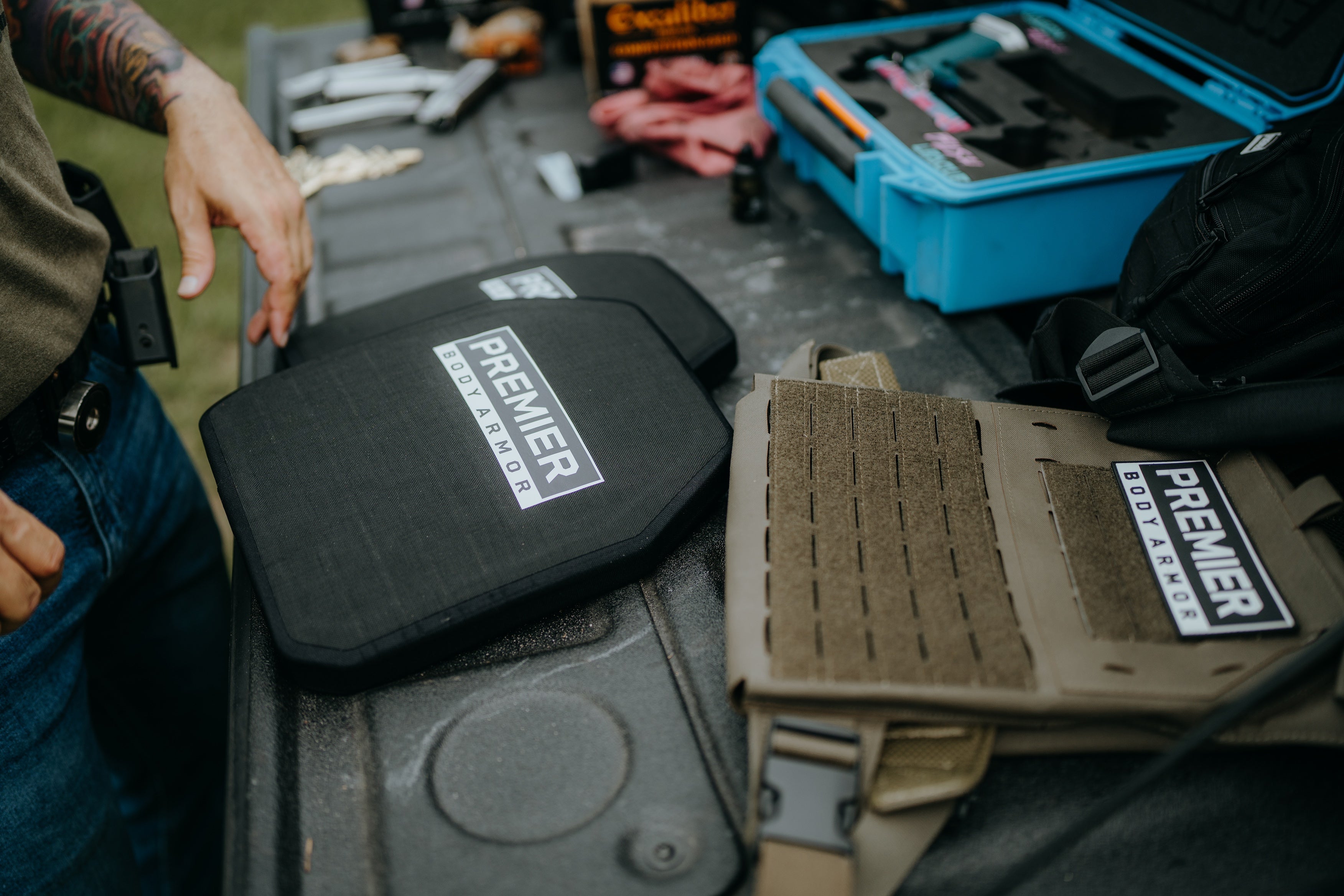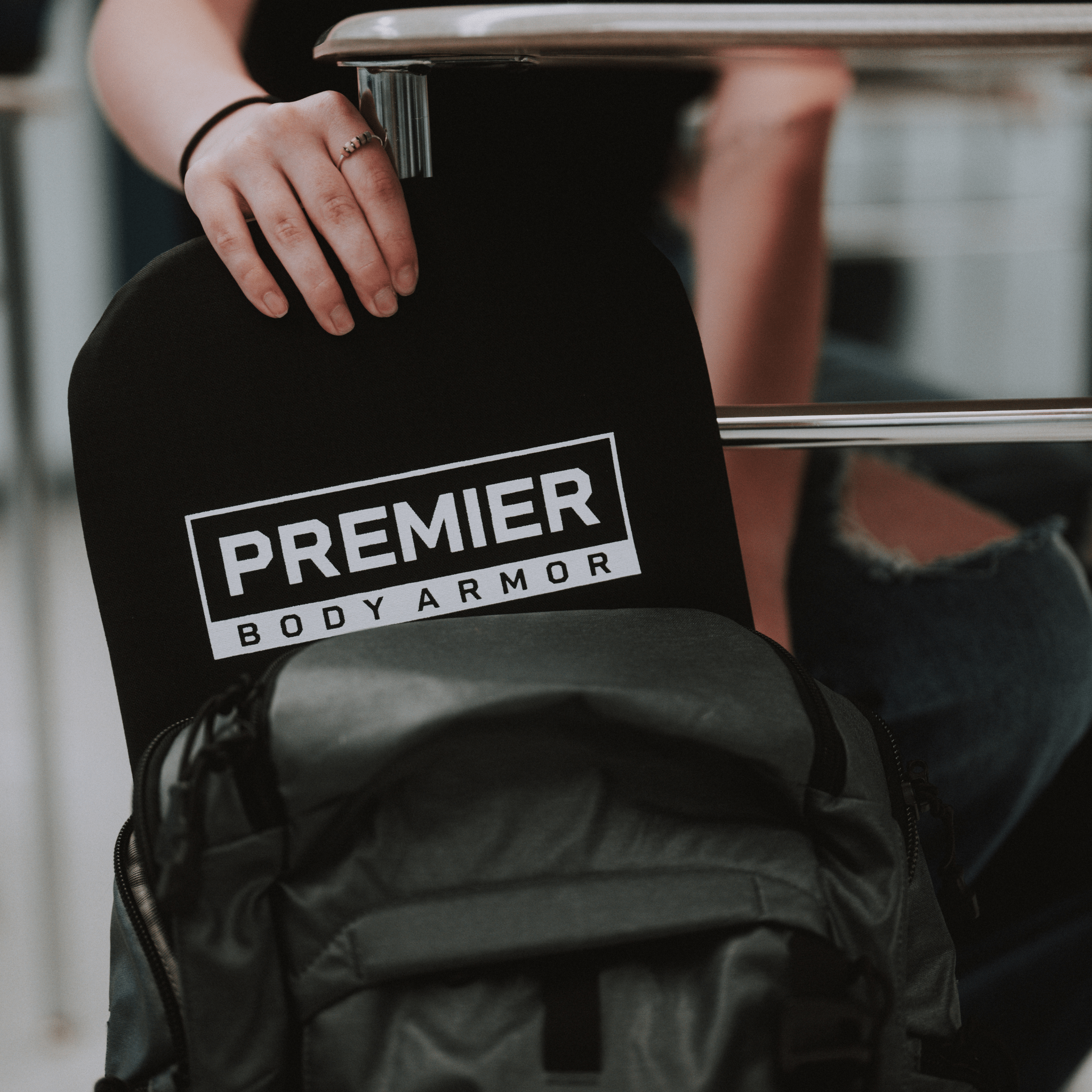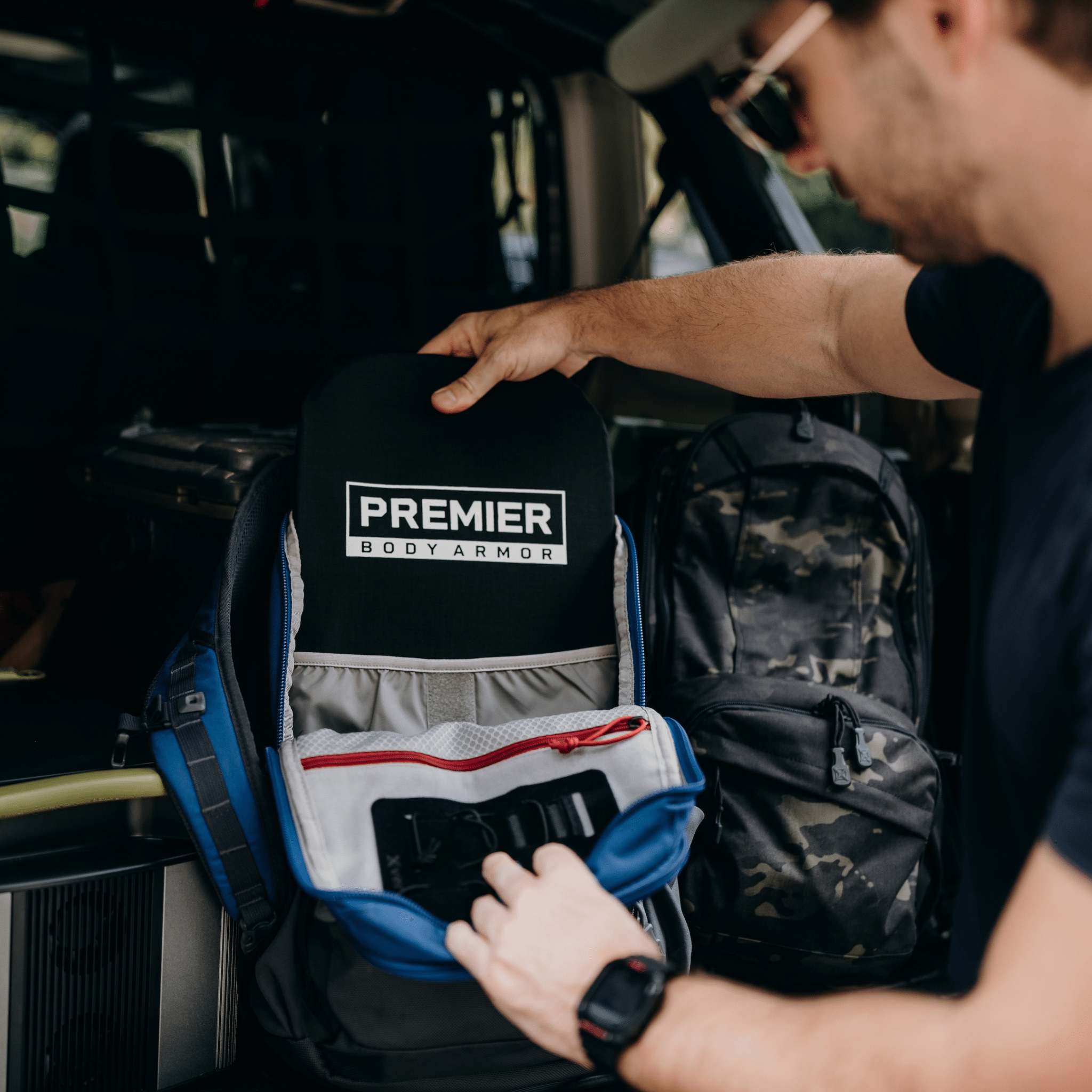The Difference Between Single Curve vs Multi Curve Armor Plates
When shopping for body armor, you’ll often come across the terms “single curve” and “multi curve.” These refer to the shape of the plate, and that shape can significantly impact your comfort, fit, and even how long you can wear it. Whether you're military, law enforcement, or a civilian protecting what matters most, understanding curved body armor is key to choosing the right plate for your needs.
The Difference Between Single Curve and Multi Curve
The core difference between single curve and multi curve plates lies in how they contour to your body. Single curve plates are curved on one axis, typically side to side, offering moderate comfort and a lower cost. Multi curve plates, on the other hand, are curved both vertically and horizontally, conforming more closely to the torso for a natural, secure fit.
While both styles offer the same ballistic protection level, the right choice often comes down to comfort, body type, and how long you’ll be wearing the plate.
What is a Single Curve Plate?
A single curve plate is a ballistic plate that bends along a single axis, usually the horizontal plane from one side to the other, across your chest. This design helps the plate conform better to your chest than a flat plate, improving comfort without adding much cost.
These plates are popular among law enforcement and security professionals who value a balance between cost, comfort, and protection.
Pros and Cons of Single Curve Plates:
Pros of single curve body armor plates
- Cost-effective: Single curve plates are less expensive due to simpler manufacturing processes.
- Better than flat: The single axis curvature offers improved comfort and fit over flat plates.
- Lighter weight options: Many single curve plates are available in lighter materials like polyethylene.
Cons of single curve plates
- Limited ergonomics: Because they only curve horizontally, they can feel bulky or uncomfortable over long wear times.
- Fit issues: Not all body types get a snug fit with single curve designs.
- More bounce: Plates may shift more during movement compared to multi curve designs.
What is a Multi Curve Plate?
Multi curve plates feature contours in both the vertical and horizontal axes. This dual-curve design molds closely to your body, creating a secure, form-fitting shape that minimizes shifting during movement.
Premier Body Armor patented steel multi curve body armor in 2014 and now offers advanced options in materials like polyethylene, combining comfort, coverage, and lightweight durability.
Pros and Cons of Multi Curve Plates
Pros of multi curve body armor plates
- Superior fit: Dual curvature provides a more natural, ergonomic shape.
- Better comfort: Less pressure on the chest and shoulders, especially over long durations.
- Reduced shifting: Better stability during movement or high-stress activity.
Cons of multi curve plates
- Higher cost: More complex shaping processes lead to a higher price tag.
- Heavier in some materials: While multi curve plates in polyethylene are lightweight, steel variants may add bulk.
Which is Better: Single or Multi Curve Body Armor?
There’s no one-size-fits-all answer when comparing single curve vs multi curve armor plates. Both types offer the same level of ballistic protection when rated to the same NIJ standard. The main differences lie in comfort, fit, and use case.
Single Curve Plates
These are more affordable to produce and often chosen by law enforcement and private security. They provide a basic ergonomic curve across one axis (left to right), which is more comfortable than flat plates but may not hug the torso as well during movement.
Multi Curve Plates
Designed with contours along both vertical and horizontal axes, multi curve plates better conform to the chest, shoulders, and sides. This enhances mobility, reduces shifting during high activity, and improves long-term wear comfort. They’re a preferred choice for military and tactical applications.
Which Should You Choose?
- Opt for single curve plates if you need cost-effective protection, shorter wear times, or a plate suited to lower-profile carriers.
- Choose multi curve plates if you prioritize comfort, freedom of movement, or wear armor for extended shifts or missions.
At Premier Body Armor, we offer both plate shapes in steel and polyethylene, so you can match your curve preference to your material and threat level.
Can You Use Single Curve Plates in Any Plate Carrier?
Not always. While many plate carriers accept standard 10x12 single curve plates, some are custom fit for multi curve plates. Always confirm that your carrier’s pockets accommodate the thickness and curve of your plate.
Can You Use Multi Curve Plates in Any Plate Carrier?
Most plate carriers can accommodate multi curve plates if they are sized correctly. However, due to their shape, it’s best to pair multi curve plates with carriers that have adjustable or contoured plate pockets.
What Body Armor Cuts Come in Single or Multi Curve?
Most common body armor cuts, such as Shooter’s Cut and Swimmer’s Cut, are available in both single and multi curve styles. The choice usually comes down to comfort and coverage, not shape compatibility.
What Body Armor Ratings Come in Single or Multi Curve?
Body armor ratings are independent of the plate’s curve. A Level III or Level IV plate can be either single or multi curve. Whether you prioritize comfort or cost, the curve does not impact the ballistic high level protection rating.
Learn more in our guide to the changes in body armor ratings.
Is Soft Body Armor Curved?
Not in the same way. Soft body armor isn’t pre-curved like hard plates, but its flexibility allows it to naturally conform to your body over time. Some models, like our Female Concealable Armor Vest, include a built-in contour for an improved fit.
Whether you’re building out your kit or upgrading for better comfort, Premier Body Armor offers both single and multi curve plates across our Level III and Level IV collections.










Leave a comment